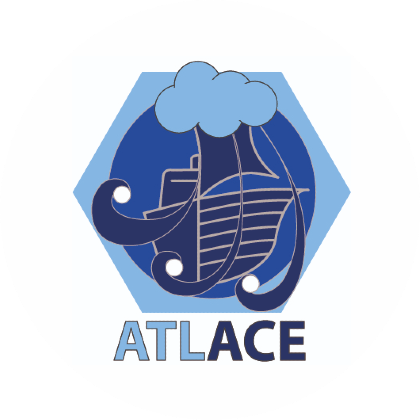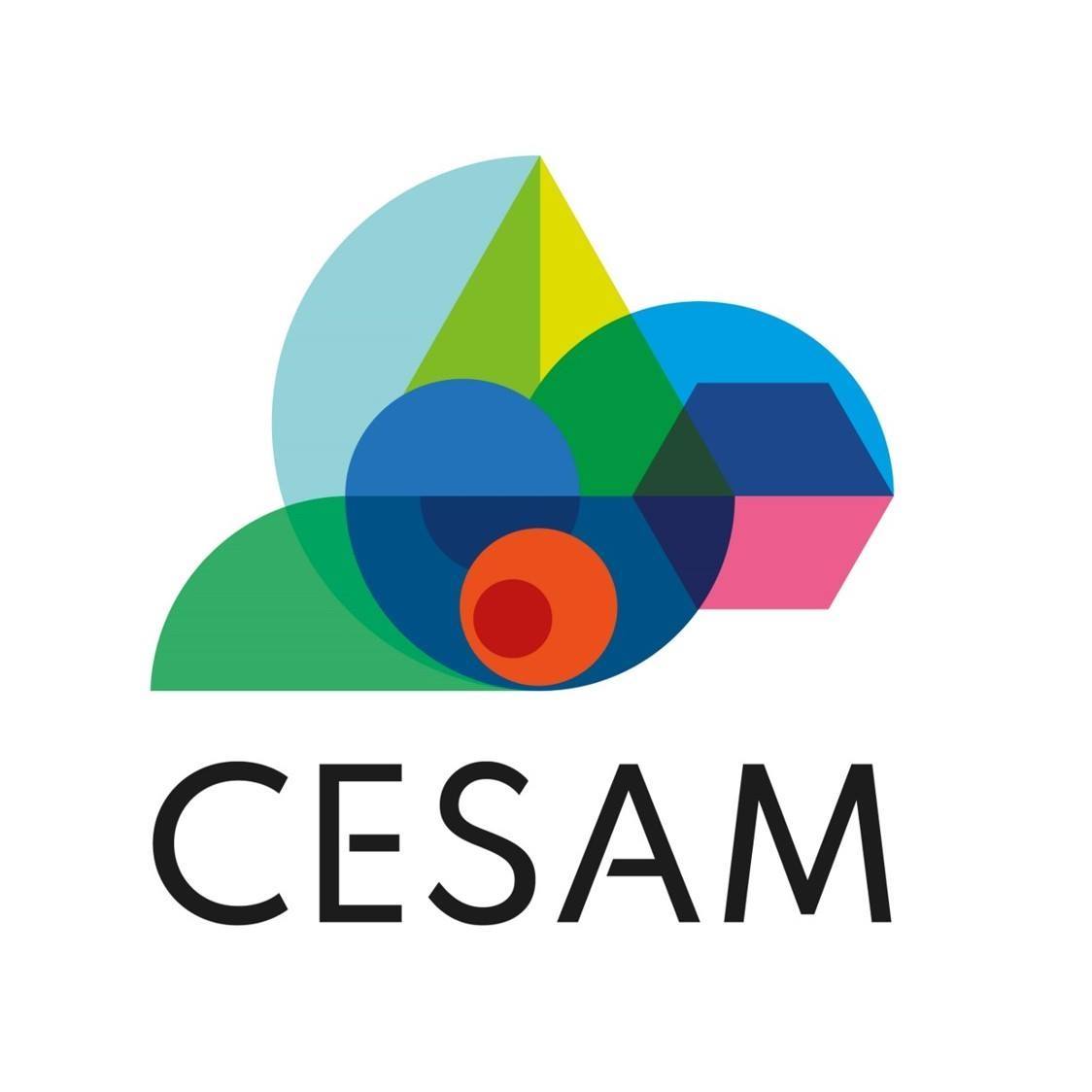Project description
(English )
ATLACE project will exploit the unique new comprehensive measurements gathered during the Antarctic Circumnavigation Expedition (ACE) in December 2016-March 2017 to gain unprecedented insight into the precipitation formation processes in the context of the global atmospheric water cycle.
During ACE multi-sensor observations of precipitation were conducted together with observations of aerosols, cloud properties, meteorological, and vertical atmospheric profiling with radiosondes.
ACE observations together with novel modeling techniques to understand aerosol-cloud-precipitation processes in connection to extratropical cyclones and their most extreme manifestation – atmospheric rivers.
Atmospheric rivers provide an efficient way for the atmosphere to rapidly transport large amounts of subtropical moisture excess poleward. These events are most probably also characterised by different chemical composition and amounts of aerosols brought from the distant regions. We will apply WRF-CHIMERE modelt o study cloud and precipitation formation in connection to the amounts and chemical properties of aerosols serving as ice and cloud condensation nuclei.
Within ATLACE the experience in extreme weather observations gained in Antarctica will be also applied for event measurements during atmospheric rivers in Portugal.
(Portuguese)
O projeto ATLACE propõe a exploração das observações adquiridas durante a expedição de circum-navegação Antártica(ACE), realizada entre dezembro de 2016 e março de 2017, com o objetivo de obter uma visão sem precedentes sobre os processos de formação de precipitação no contexto do cicloglobal da água na atmosfera.
O Projeto ATLACE irá conjugar as observações realizadas no âmbito da ACE com ferramentas de modelação numérica, para melhor compreender as interações aerossóis-nuvens/precipitação associadas a ciclones extratropicais e às suas manifestações mais extremas – os rios atmosféricos. Os rios atmosféricos constituem um mecanismo altamente eficientepara o transporte de grandes quantidades de água na atmosfera, desde as regiões de baixas latitudes em direção aos polos. Provavelmente, estes eventos serão caracterizados pordiferentes concentrações de aerossóis e distintas composições químicas. No âmbito do Projeto ATLACE, iremos aplicar o sistema de modelos WRF-CHIMERE, estudando a formaçãode nuvens e precipitação e a sua dependência da presença, quantidade e características dos aerossóis atmosféricos que atuam como núcleos de condensação (CCN) e de gelo (IN).
LATEST NEWS
-
Presentations at the XIV Portuguese Conference on Polar Sciences.November 23, 2022/0 Comments




